Economic outlook improving – implications for fundraising and potential exit opportunities
03min read

In determining our outlook for the economy, there is no better place to start than the insight we gather from our own portfolio companies, which span a wide range of sectors in the economy. We regularly host them together at our Senior Managers Club events, where we assemble the CEOs and the heads of various departments. These workshops and networking events cover a range of topics, from how to protect revenue growth in a slowdown, to the two we’ve hosted so far this year, on ‘current market trends in hiring, development and cyber security’ and ‘transformation of the finance function for efficiency, scale and growth’.
Reflecting on how our outlook has shifted, back in June 2022 we brought the portfolio together to discuss growing macroeconomic risk. Our key messages were that inflation was expected to be persistent, that the US economy was likely to be strong relative to Europe, and that further friction between China and the US was possible.
But the overarching theme was that in times of economic uncertainty, scale-up companies needed a focused plan rather than a “hope for the best” approach.
Fast forward to today, and sentiment is generally far more positive. Inflation is falling, interest rate expectations continue to fall (as we’ve seen reflected in mortgage rates) and equity markets are once again booming. While there will likely be some volatility in the inflation rate, the runaway train has been halted, which is the critical thing for market confidence.
However, there are concerns. The strength of the listed equity markets remains extremely concentrated, driven by a handful of US tech mega-caps; it would be a great deal more comforting for strength to broaden out, on the expectation of better earnings rather than solely on the expectation of rate cuts. The drag of higher interest rates has not yet been fully felt (albeit it won’t seem that way if you’re one of the unfortunate people who had to remortgage at just the wrong time). And while employment has remained robust, we still have a stubbornly high level of economic inactivity among 16–64-year-olds, which flatters the figures, drags on productivity and further concentrates the tax base.
But what does all this mean for the growth companies we invest into, and for the mid-cap private equity funds that offer a potential route to exit for our portfolio companies? There are a number of broader trends that are worth being aware of.
Firstly, M&A activity is expected to reignite quite quickly, as large US venture capitalists and mid-market PE funds bring businesses to market this year. This is because LPs (large institutional asset managers such as pension funds, which allocate money to active investors like PE firms), will drive this behaviour by pressing such investors to distribute capital. When LPs are allocating money to an asset class (by investing into funds), they make assumptions about the pace of distribution out of those funds. If distribution slows down (which it did during 2023, as IPOs and M&A activity were at very low levels) and those distribution assumptions are not met, the LPs reach a point of “over-allocation” and so hold back on allocating new money to the asset class until older funds are returned.
Accordingly, companies must construct a clear strategic growth plan that gets them through to the point that the M&A markets have digested this turmoil and a positive exit is more likely. This is consistent with our strategy of backing companies with significant levels of investment (typically £4–10 million) in order to execute a transformational growth plan and recruit excellent people to support the growth journey.
Secondly, it’s time to come back to market. In 2023, VCT investment levels were significantly down as managers remained cautious and had to earmark more of their capital to follow-ons into their existing portfolio. They’re now beginning to look up. As it happens, we remained open for business throughout, 2023 was a great year to support some fantastic growth opportunities: we invested a record sum of capital, adding seven new companies to the portfolio.
We are a sector-agnostic investor, and therefore have the flexibility to invest into sectors displaying the best value, as well as good prospects for success. Because of this we’ve seen almost every scale-up challenge, from almost every perspective. One trend remains consistent: our ultra-active approach remains crucial as we continue to support our companies on their growth journeys.
